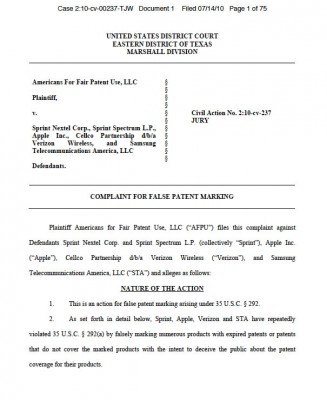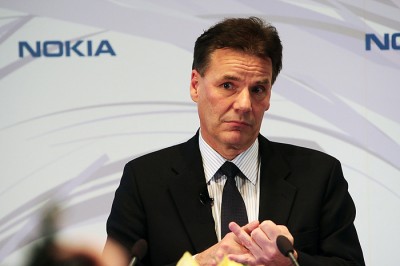News tagged ‘patent’
Apple Discloses Methods for Transitioning Between Mouse-Based and Touch Interfaces

Apple could be planning to introduce touchscreens to the iMac by way of a hybrid interface, a recently discovered patent application suggests. The company notes that despite the usefulness of a touch slide off-screen interface, a mouse- and keyboard-based one is still better in some circumstances. To switch between the two, Apple proposes a design in which a computer's display would be upright for the mouse interface, but slanted down and back for touch.
To make the transition possible an iMac would need a flexible display stand, and a sensor to determine when to change. For the latter Apple proposes several options, such as an accelerometer, a rotation sensor in the stand, and/or a special touch sensor at the place people would want to grip the display. Past a certain input limit, a computer would automatically switch between interfaces.
Notably, elements of Mac OS X such as the Menu Bar, the Dock and the mouse cursor could be made to slide off-screen during the handover. Apple has not specified what the touch interface would be, but it could be iOS.
Future iPhones, iPads could recognize individual users
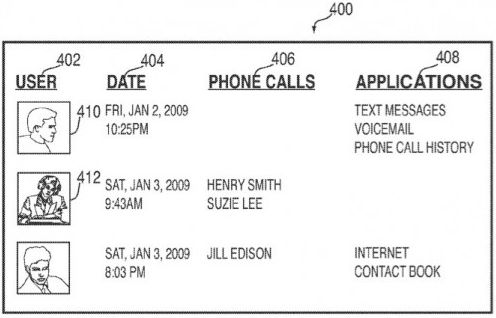
The U.S. Patent and Trademark Office revealed a patent application from Apple entitled "Systems and Methods for Identifying Unauthorized Users of an Electronic Device." The invention describes methods to identify users through a picture, the sound of their voice, or even their heartbeat.
"The photograph, recording, or heartbeat can be compared to a photograph, recording or heartbeat of authorized users of the electronic device to determine whether they match," the application reads. "If they do not match, the current user can be detected as an unauthorized user."
If an unauthorized user were to attempt to access an iPhone or another device, the owner of the handset could be notified via a phone call, text message or e-mail. It could send the owner - or the police - a picture of the unauthorized user, or other information specific to the potential thief.
The handset could recognize an unauthorized user if they do certain uncharacteristic activities with the phone, such as hacking, jailbreaking, unlocking, or removing a SIM card.
Apple Hires Near Field Communications Expert

NearFieldCommunications World reports that Apple has recently hired Benjamin Vigier as its new product manager for mobile commerce. Vigier is described as an expert in near field communications (NFC) having been in the field since 2004. Apple also has published a number of patent applications related to NFC technology. That means, that Apple’s mobile devises can be used as an electronic wallet and payment system.
Near Field Communications is short range wireless communication technology (~4 inches) that is used in mobile phones for a variety of applications including mobile ticketing, mobile payments, interactive advertising and more. The same site had previously reported that Apple has had prototype devices already outfitted with the required radio-frequency identification (RFID) chips.
Vigier joined Apple in July 2010. And now he is a product manager for mobile commerce.
A Telephonic MacBook from Apple
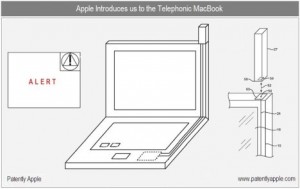 Among the downsides that the present Apple’s MacBooks have lies in the fact that there is no possibility of 4G, 3G or LTE network connection without using a USB modem (or some other devices).
Among the downsides that the present Apple’s MacBooks have lies in the fact that there is no possibility of 4G, 3G or LTE network connection without using a USB modem (or some other devices).
According to the Apple’s patent filings we may state that the company has some ideas and is working on their fulfillment. It goes about a telephonic MacBook that will have a magnetically coupled antenna.
It is said that the company is planning to use the wireless communication circuitry in MacBooks. Thus, users can get data communications in some communication bands and cellular telephone communications in several frequency bands.
Let’s wait what actions Apple is going to take with such fancy patent ideas for their future line of MacBooks, but we think that users won’t be disappointed.
Apple Is Accused In Illegal Using of VPN Technologies In iPhone
This Wednesday VirnetX filed a lawsuit against Apple, accusing the latter in violation of patent No. 6,502,135. NEC, Cisco and Aastra are also named as the defendants.
The patent No. 6,502,135 is titled «Agile network protocol for secure communications with assured system availability" and describes technologies that are used in creating and managing VPN-connection. VirNetX is assured that these technologies are illegally used in all iPhones, iPod touches and an iPads.
New lawsuit: Apple falsely marked its products
Last week organization Americans for Fair Patent Use filed a lawsuit in a U.S. District Court in the Eastern District of Texas. Apple, Samsung Telecommunications America, Verizon Wireless and Sprint Nextel Corp. are named as the defendants. The lawsuit says that these companies produce and/or sell falsely marked products with a patents that are expired or do not cover these marked products, with a purpose "to deceive the public about the patent coverage for their products."
Read the rest of this entry »
Steve Jobs Revealed Some Facts About iPhone 4 and Antenna Issue
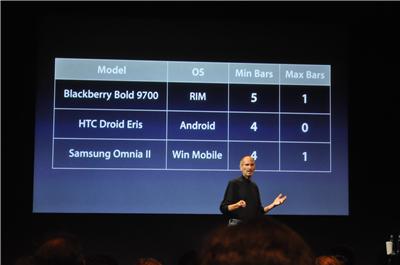
Yesterday Steve Jobs told many interesting facts about antenna issues and iPhone 4. Those who doesn't want to watch the video from the event , you can study the next list:
- Over 3M iPhones 4 were sold since its release three weeks ago;
- The antenna issue can be reproduced on any other phone. The details can be found ;
- Apple has special testing rooms, which cost it $ 100 million. You can learn more about it on Apple's new webpage ;
- Only 0.55% of all iPhone 4 users complain on antenna issue;
- AT&T return rate with the iPhone 3GS was 6.0%, with the iPhone 4 - 1,7%;
- The proximity sensor problem will be fixed in the next update;
- White iPhone will be shipped at the end of July;
- On July 30th iPhone sales will be launched in 17 more countries.
Apple Wanted To Purchase Palm
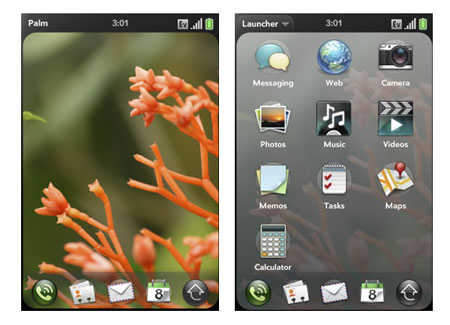
Yesterday Silicon Alley Insider reported that Palm had a chance to be acquired by Apple, but eventually HP’s bid was higher. Referring to an anonymous source that was familiar with the negotiations, author Dan Frommer wrote:
"Apple was mostly interested in Palm's huge library of intellectual property and patents (450+ patents on file, another 400+ applications on file). And unlike some other bidders, Apple even seemed committed to funding Palm's operations, perhaps to challenge RIM's dominance in the keyboarded segment of the smartphone industry, our source says."
It is reported that Google also wanted to purchase Palm to spite Apple, but the company didn't know whether Apple was actually bidding for Palm, so no moves were made in that direction.
Eventually HP acquired Palm and now has plans to use its webOS in company's future tablet devices that will compete with Apple's iPad.
Price of the iPhone 4 - $187.51
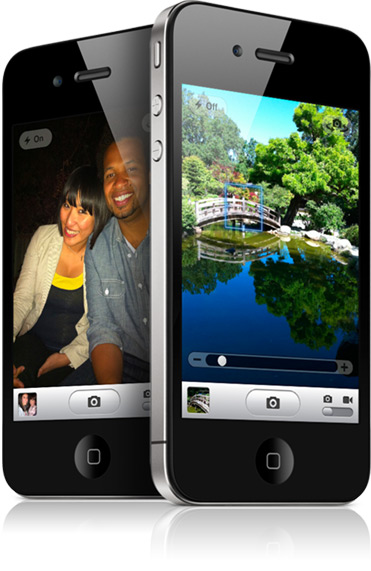
iSuppli, a market research company, has figured out that a single iPhone 4 16GB cost $187.51 to produce.
The most expensive part of the device is the “retina display”, with its price standing at $28.50. According to iSuppli, it may have been produced by LG Display. The iPhone 4’s A4 processor cost about $10.75 and was made by Samsung Electronics.
Apple asked FCC not to show iPhone 4 details for 45 days
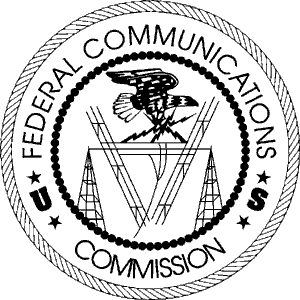
On June, 4 Apple sent a letter to the FCC (Federal Communications Commission) with request to keep new iPhone’s photos and any information about it in secret for forty five days.
Though this is a standard practice for Apple, the situation looks pretty strange as the device’s internals had been already revealed with numerous prototype leaks. But Patently Apple, the company that obtained and published the letter, found the explanation in the document itself:
“Although Apple has begun to market the device publicly, these documents reveal technical and design information that has not yet been publicly disclosed in such marketing and that is protected by Apple as confidential and proprietary secrets”.
AppleInsider created a list of new iPhone’s technical details and features that Apple may want to keep in secret for a while. It includes new features of A4 SoC, details of new frame antenna, new cellular radio support for pentaband UMTS (850/900/1700/1900/2100MHz) 3G bands, details related to possible support of T-Mobile (AWS UMTS IV band) and Verizon/Sprint (CDMA/EVDO) networks.
Apple Plans To Bring an HD Radio Technology To iPhone
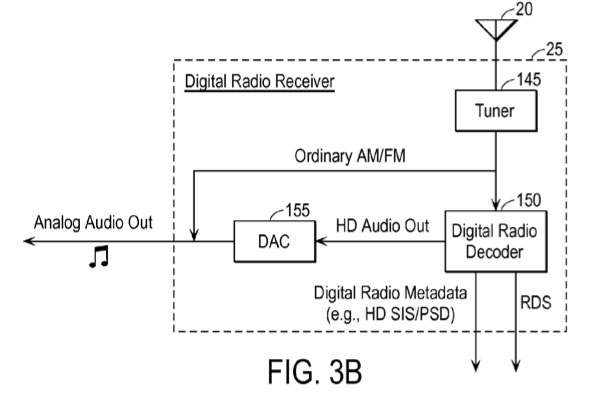
A new Apple’s patent application entitled “Digital Radio Tagging Using an RF Tuner Accessory” has been revealed this week. It describes an HD Radio technology that may be later delivered to iPod touch and iPhone and gives its users greater flexibility in interaction with broadcast media. Nowadays HD Radio is a trademarked wireless radio format that allows FM and AM radio stations to simulcast analog and digital audio at the same time on the same channel. Currently it is owned by iBiquity.
Read the rest of this entry »
Apple Revealed another Patent Describing New Contextual Ads

This week Apple revealed new that describes its new superior advertisement technique. The document entitled "System and method for providing contextual l advertisements according to a dynamic pricing scheme."
Its main idea is that the effectiveness of the modern mobile advertisements can be improved with using unique pricing scheme (when advertiser pays variable price that based "on the likelihood of influencing user behaviour") and special marketing factors that can determine the effectiveness of the ad.
HTC Accuses Apple in Violating of 5 Their Patents
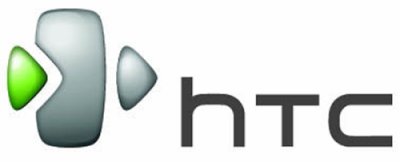
This Wednesday HTC accused Apple in infringing of five their patents. The countersuit was filed with the International Trade Commission and now asks to halt the importation of the iPod touch, iPhone and iPad into America.
Vice President of HTC in North America Jason Mackenzie says the action was taken to protect its partners and customers.
"HTC believes the industry should be driven by healthy competition and innovation that offer consumers the best, most accessible mobile experiences possible".
The press release given by HTC underlines that the company created the most advanced smartphones in the world for the last 10 years.
At this moment there are twelve HTC phones available in America, including the HTC HD2 for T-Mobile, the HTC EVO 4G for Sprint and the Droid Incredible for Verizon.
Still there is no information revealed about the patents that are involved in the suit.
A New Round of Apple VS Adobe Confrontation
This week's sensation was a published officially on Apple's site. If you didn't read it or want to remind it to yourself, here are its main tent poles:
Read the rest of this entry »
Nokia loses money because of Apple
Finnish company Nokia admitted last week that the competition on the high-end smartphone market is high enough and it is finally affected on quarterly earnings. In the first quarter of 2010 Finnish cellphone maker earned 465$ million. In the same period of the 2009 they earned 162$ million. Well that can be explained by an economical situation in the world, but this year results were expected by analysts to be higher.
Nokia conceded the average selling price of their cellphone products dropped down from 66 to 62 euros. The numbers for smartphones are more significant - from 190 (first quarter of 2009) to 155 euros (first quarter of 2010).
Nokia CEO Olli-Pekka Kallasvuo is pretty obsessed about this fact:
"We continue to face tough competition with respect to the high end of our mobile device portfolio".
 Leave a comment
Leave a comment
